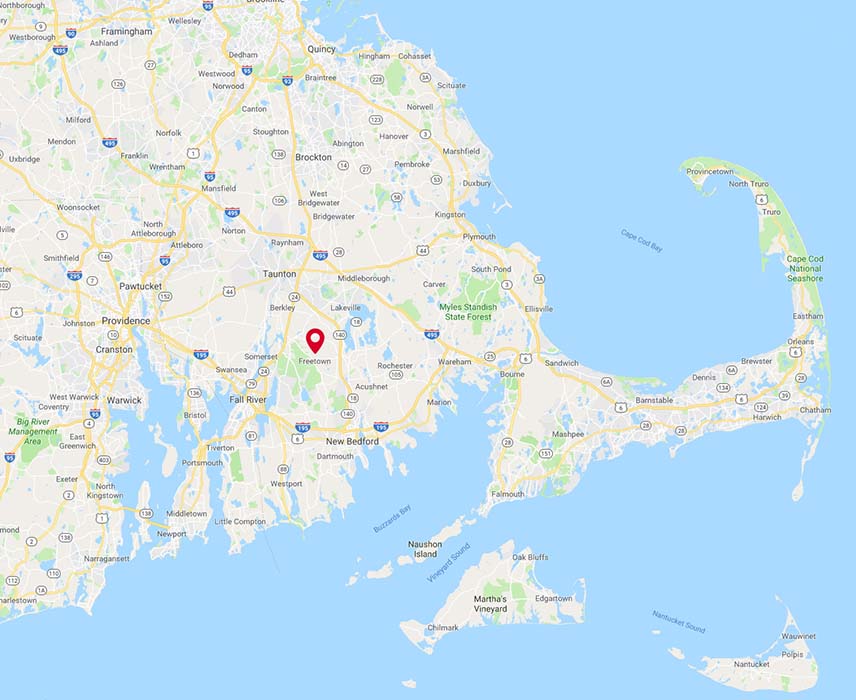

Advance Air & Heat FAQ
A well cared-for HVAC system should last between 10-20 years. However, we have some customers with systems older than 30 or even 40 years that are still operational.
The most common causes for a furnace to stop working are:
- Overdue maintenance – dirty filter, dirty ignitor
- Failed safety controls – air pressure switch, flame sensor
- The good news is, most of these issues are fairly inexpensive and can usually be identified and repaired during a regular preventive maintenance visit.
Many modern furnaces have “trouble lights” built in on them that will flash a code that can be referenced in the Owner’s Manual for the unit. The code can help you identify which component(s) have failed. Be sure to power off the unit before inspecting!
A professional HVAC company should size your HVAC system depending on the heat load and configuration of your building.
Efficiency designations of SEER or EER are used to report a systems efficiency. The higher the SEER or EER number, the more efficient the unit. It is important to note that in order for a unit to operate at its maximum rated capacity, it must be regularly maintained.
The best way to increase the efficiency and life of your building’s heating and cooling systems is to have them maintained by a professional HVAC company a minimum of twice per year for systems that both heat and cool, and once per year for systems that only heat or cool.
Oversizing an HVAC unit can actually backfire by causing the system to “short-cycle” or run in short bursts, then shut off. Air conditioning systems that are oversized can also fail to dehumidify the air in your space, causing discomfort and even mold issues. The best way to determine the capacity of the HVAC system you need is to contact an HVAC professional to size it properly.
An AC system should run about 15-20 minutes and shut off for about 10 minutes or more between cycles. If it runs shorter, longer or more frequently, you should have it checked out by a professional HVAC technician.
Everyone is comfortable at different room temps, but never set your comfort cooling AC below 68 degrees. This can cause the unit to freeze up and shut down. Most people are comfortable with thermostat settings between 68-72 degrees.
A programmable thermostat can be used to “set back” temperatures (reduce setpoints in the heating season and increase them in the cooling season) when a building is not occupied. By changing thermostat settings to heat and cool less often while unoccupied, you can save about 1% per degree. Don’t go too crazy though! Setting back more than 5-8 degrees can cause your system to have to work harder and longer to get back to comfortable occupied temperatures.
It depends on the use of your building. At a minimum, filters should be changed twice per year, at the start of the cooling and heating seasons. However, the use of your building may require more frequent changes. A visual inspection of the filter, or a pressure drop test can help determine the optimal frequency.
Change your air filters, carefully clean the condenser coils using only a regular garden hose, NEVER a power washer it can damage your coils. A proper maintenance should include testing the refrigerant levels, checking electrical components, drive belts, insulation, etc. which should be done by a professional HVAC technician.
You should have your air conditioner checked at least once per year by a professional HVAC technician
Check the thermostat setpoint and time clock. Check to make sure the area around the AC condenser is clear by at least 24” all the way around. Check to make sure the filter is clean.

